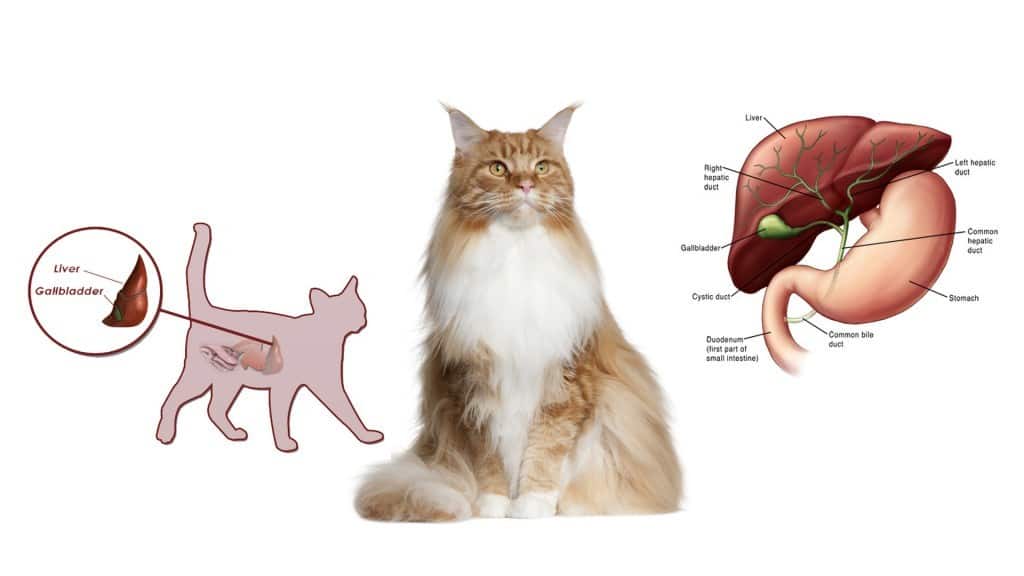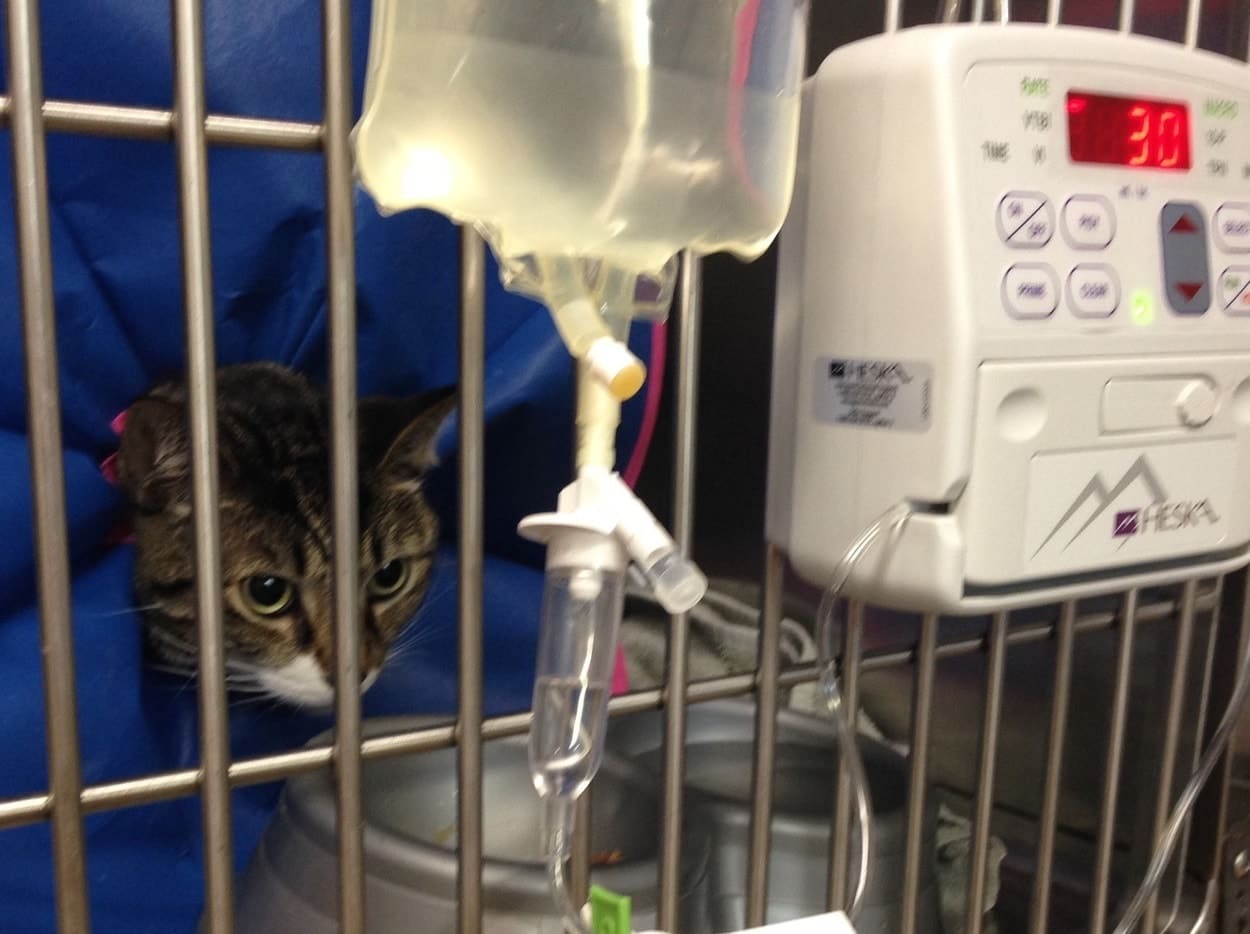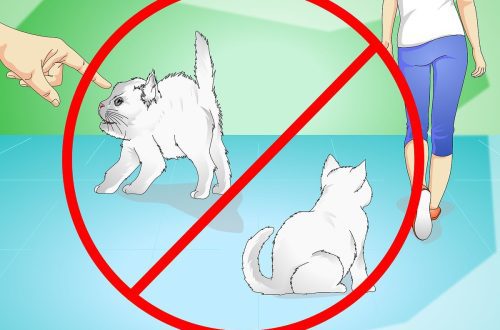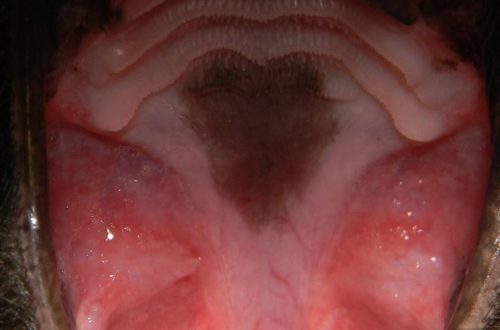
Sakit sa atay sa mga iring: sintomas, nutrisyon ug mga tambal
Liver disease in cats is one of the most common organ dysfunctions. It is important for cat owners to be aware of how these issues can affect a furry friend’s life. Hill’s experts talk about how to detect an ailment, adjust the pet’s diet and whether there are medicines for the liver.
Kaundan
Ang papel sa atay
The cat’s liver is located between the lungs and the stomach. It is a complex organ that is a component of several important body systems. It performs the following main functions:
helps to break down the nutrients that come through the digestive system;
cleanses the body, destroying incoming toxins carried by the blood;
produces useful proteins that promote blood clotting;
stores essential nutrients such as vitamins, minerals, sugars and fats;
performs the function of the immune system, capturing and neutralizing pathogens;
participates in metabolism, helping to regulate blood sugar (glucose).
Not all liver disease in cats occurs directly in this organ. Sometimes an advanced infection or cancer can lead to liver disease. Diseases that began in the liver are called primary, and those that have developed in another part of the body are called secondary.
Hepatitis (from Latin hepatis – liver and -itis – inflammation) is any enlargement of the liver in size. In cats, its causes are numerous and very varied.

What causes liver disease in cats
Liver problems can be caused by a number of reasons. Some of them can be prevented, while others may appear without much warning.
If a cat accidentally ingests certain toxins, including acetaminophen (such as Tylenol), plants, household chemicals, and prescription drugs (among others), it can lead to a liver disease called toxic hepatopathy.
Hunting for small animals that enter the house can also lead to problems. In places where lizards are found (for example, in South Florida, Central and South America), cats who periodically like to snack on reptiles can become infected sakit sa atay. This parasite takes up residence and growth in the liver, which can lead to inflammation, bacterial infections, abscesses, and other liver problems.
In addition, liver problems can be caused by a parasitic toxoplasmosis infection, notes the College of Veterinary Medicine at Cornell University.
Lipidosis, or fatty liver disease, is probably the best known liver disease in cats. According to the Cornell Cat Health Center, it develops when a cat suddenly stops eating and the body sends signals to use the fat accumulated throughout the body. If this happens abruptly, and the animal is overweight or obese, the fat can enter the bloodstream and begin to settle in the liver, preventing it from working properly. This is another reason why it is important to help your furry friend maintain a healthy weight.
Cholangitis – often idiopathic, that is, unexplained, inflammation of the bile ducts or gallbladder. When it comes to liver tissue, veterinarians refer to the disease as cholangiohepatitis, notes the Cornell Cat Health Center. Its development is often caused by viruses or bacteria, but the sensitivity of the liver of a particular cat can be a predisposition factor for inflammation.
The reasons why some cats’ livers tend to enlarge are often as mysterious as the cats themselves. Another inexplicable condition is triadite, which is characterized by a “triad” of inflammation in the liver, intestines and pancreas.
In addition, cancer can have a negative effect on the cat’s liver. Fortunately, primary liver cancer is uncommon in cats, accounting for about 2% of all cancers in these animals. The most common of these is bile duct carcinoma.
The rest of the liver cancers are usually secondary to other cancers and spread from other parts of the body. Lymphoma, that is, cancer of the blood, may be the main one, but cancer of the spleen, pancreas, or intestinal tract can also spread to the liver.
Identification of Liver Disease in Cats
Early signs of liver disease in cats can easily mimic signs of other diseases:
Pagsuka ug kalibanga.
Pagkawala sa gana sa pagkaon.
Nawala ang gibug-aton.
Pagluya.
Trying to hide.
Dugang nga kauhaw ug kanunay nga pag-ihi.
When liver disease is long or severe, the cat may show more specific signs:
Jaundice is an icteric discoloration of the skin, eyes, and mucous membranes.
Ascites is the accumulation of fluid in the abdominal cavity, leading to bloating.
Blood clotting problems – nosebleeds, bleeding gums, and bruising.
You should contact your veterinarian immediately if you notice any of these signs. Cats usually start showing symptoms when the disease process has gone too far, so early detection is critical.

Diagnosis of Liver Disease in Cats
Liver disease in cats is usually diagnosed with a combination of laboratory tests of blood, urine, and sometimes feces. Additionally, more specific laboratory tests may be required to detect infectious diseases or toxins.
Certain changes can be detected with x-rays, but an abdominal ultrasound or liver biopsy is also often required. Computed tomography (CT) is also becoming more accessible and can give veterinarians a better understanding of liver problems.
Certain conditions can be difficult to diagnose, so your veterinarian may refer you to an internal medicine specialist. It will help to sort out problems with the cat’s liver.
It is difficult to treat the disease, because cats are very difficult creatures. For the most part, they hate taking medication, which is usually mandatory for animals suffering from liver problems. They also experience stress in case of hospitalization. However, for a sick cat, a veterinary clinic or specialized facility may be the best option. With early detection and proper care, a fluffy pet has every chance to return to normal life as soon as possible.





